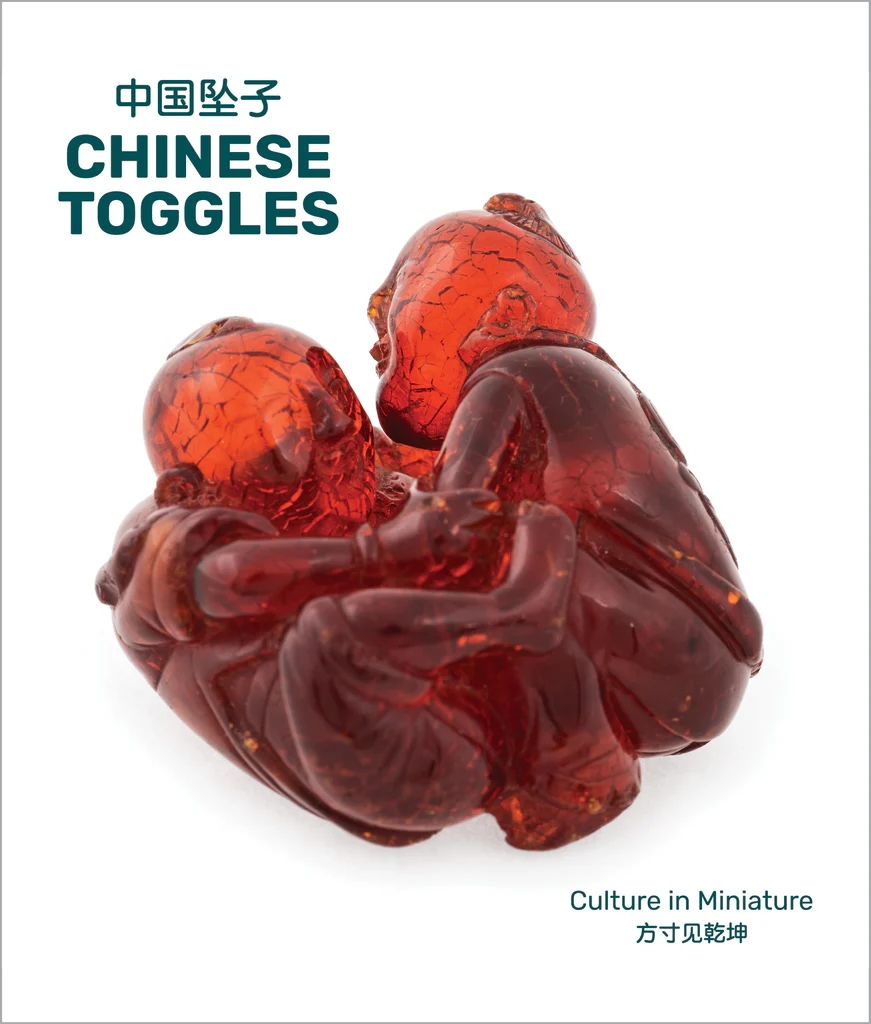Histories, Tactility and Material Culture: Studies on Chinese Belt Toggles

A panel conversation to launch the book Chinese Toggles: Culture in Miniature (2024).
Toggle made from a walnut depicting a frog on a lotus leaf, China. Powerhouse collection, gift of Alastair Morrison, 1992, 92/480.
Curators, historians, and scientists will be brought together to introduce the understudied cultural objects of the Chinese belt toggle, known as zhuizi (坠子). Similar to their better-known Japanese counterparts netsuke, these small carved ornaments offer a rare glimpse into everyday life in early modern China.
Toggles were a common feature of traditional Chinese garments from the 17th century but were scarcely collected. More than personal accessories, toggles were wearable symbols, embodying Chinese folk traditions and cultural beliefs. The exhibition Chinese Toggles: Culture in Miniature, a collaboration between the Powerhouse Museum and Chau Chak Wing Museum at the University of Sydney, reveals one of the world’s largest collections of these extraordinary objects.
The associated publication, Chinese Toggles: Culture in Miniature, co-published with Power Publications and edited by the exhibition’s curators, introduces these unique objects to a broader audience for the first time, pairing academic enquiry with detailed photographic documentation of the exhibition and catalogue of 80 toggles.
This conversation between editors and authors takes its lead from the book, combining historical, curatorial and scientific perspectives to unlock the mysteries of the Chinese toggle—an everyday object long overlooked, but uniquely able to speak to 300 years of Chinese culture and across all levels of society.
Co-presented by the Power Institute, the Powerhouse Museum, and Chau Chak Wing Museum at the University of Sydney.
Purchase the book
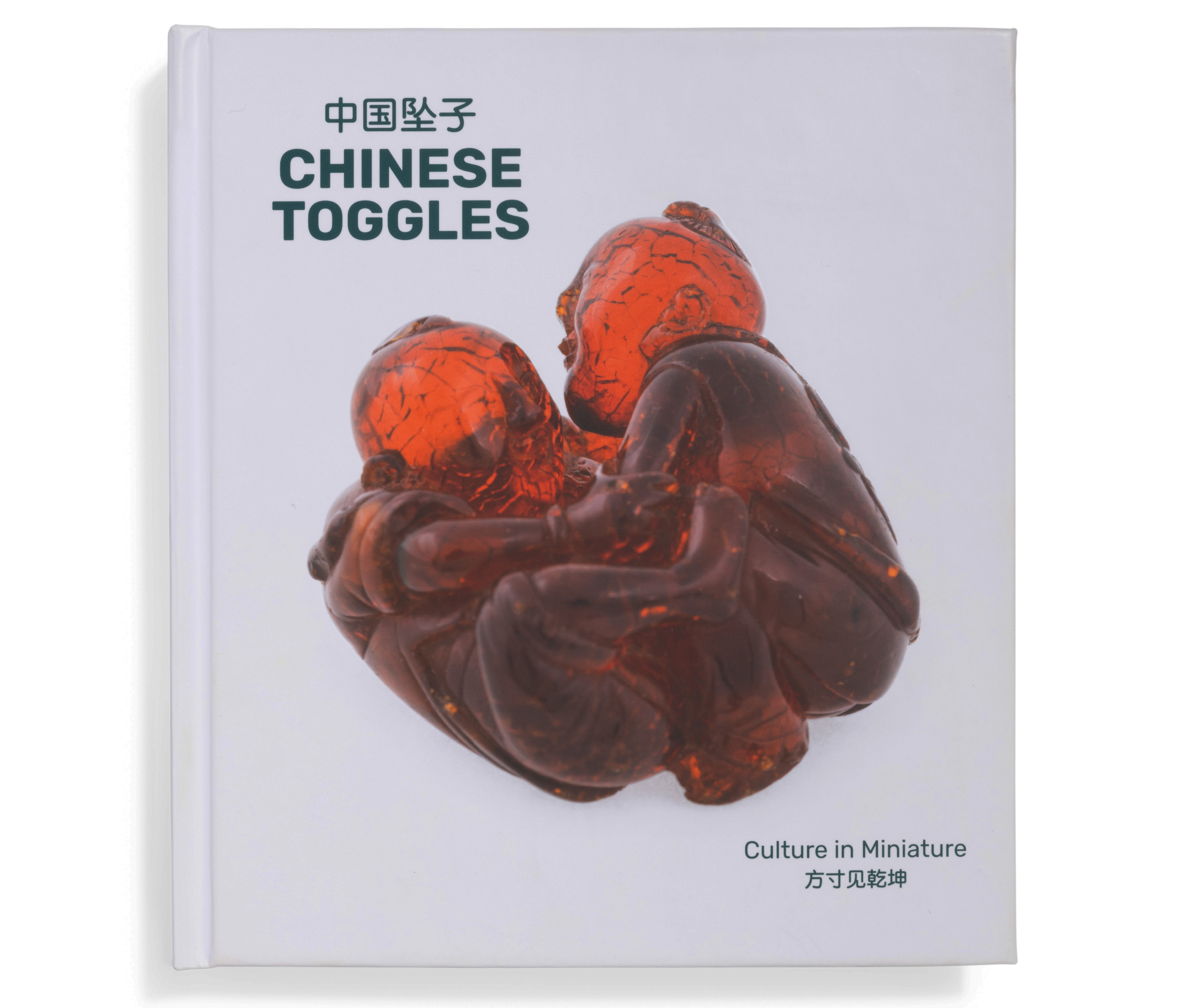
People
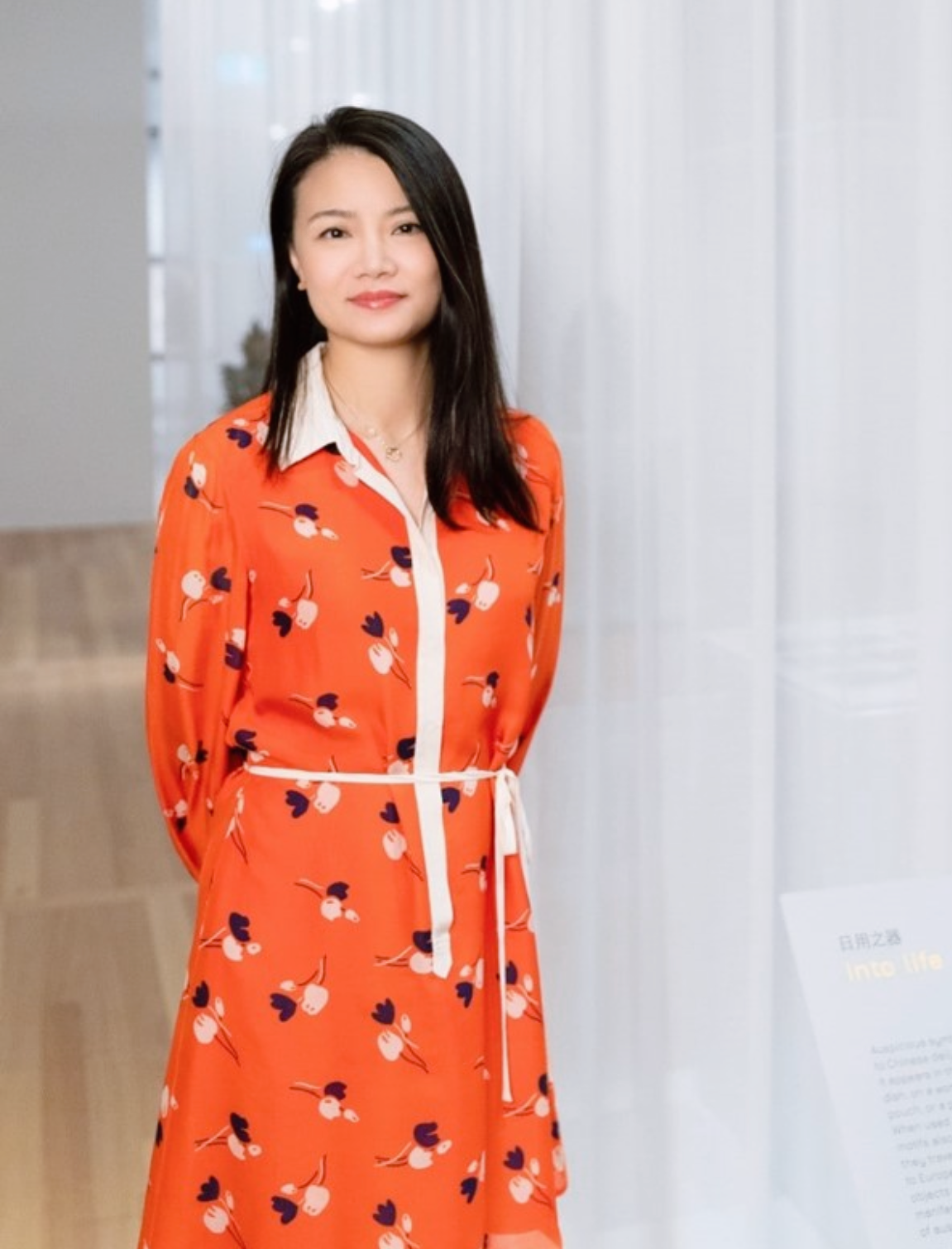
Chen Shuxia
Dr Chen Shuxia is a historian and curator of Chinese art. Her research concerns art collectives, diasporic artistic practice, and reciprocal relations between people and objects. Her most recent books include Chinese Toggles: Culture in Miniature (co-edited with Min-Jung Kim, Power Publications, 2024) and A Home for Photography Learning: the Friday Salon, 1977-1980 (Shanghai Fine Arts Publishing House, 2024). Recently, Chen is the State Library of New South Wales David Scott Mitchell Memorial Fellow (2022–23), as well as a grantee of Australian Academy of Humanities’ Travelling Fellowship (postponed to 2024). Chen is the inaugural curator of the Chau Chak Wing Museum's China Gallery, and a lecturer in the Master’s degree programme, Curating and Cultural Leadership, at the University of New South Wales School of Art & Design. She also serves as committee member for the Australia and New Zealand Art Journal (editorial) and The Asian Arts Society of Australia (Management Committee).
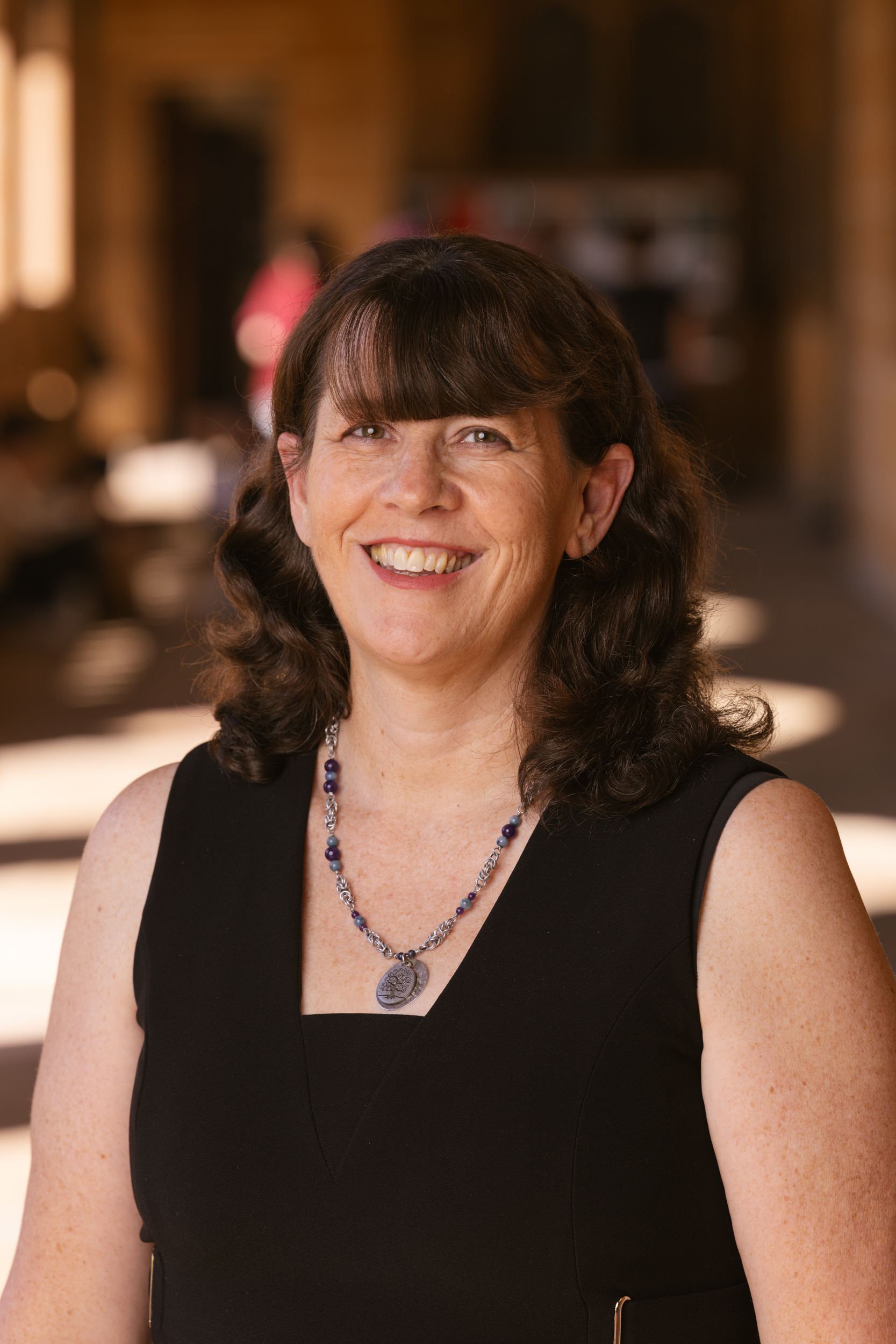
Elizabeth Carter
Dr. Elizabeth (Liz) Carter serves as the Facility Manager at the Sydney Analytical Vibrational Spectroscopy Node, a core research facility within the University of Sydney. Liz is passionate about researching cultural heritage objects and materials. Her work involves uncovering hidden mysteries and secrets related to the artisans who created these artifacts.
With over 30 years of expertise in vibrational spectroscopy, Liz’s focus includes developing new sampling techniques, refining measurement protocols, and utilizing cutting-edge technology for data mining. Notably, she contributed to the development of a rapid and non-invasive method for identifying cellulose nitrate and cellulose acetate film in historic photograph collections. This advancement is crucial for managing and preserving these valuable materials, benefiting national and international collection institutions.
Beyond her research, Liz oversees day-to-day operations, providing essential support to academics, students, and other technical staff. Her diverse research interests span microplastics, natural glasses (such as obsidian and tektites), biological materials (cells, tissues, teeth, hair, wool), and cultural heritage objects (ceramics, coffins, textiles, pigments, manuscripts). Liz’s guidance significantly contributes to the success of the facility and the broader research community.
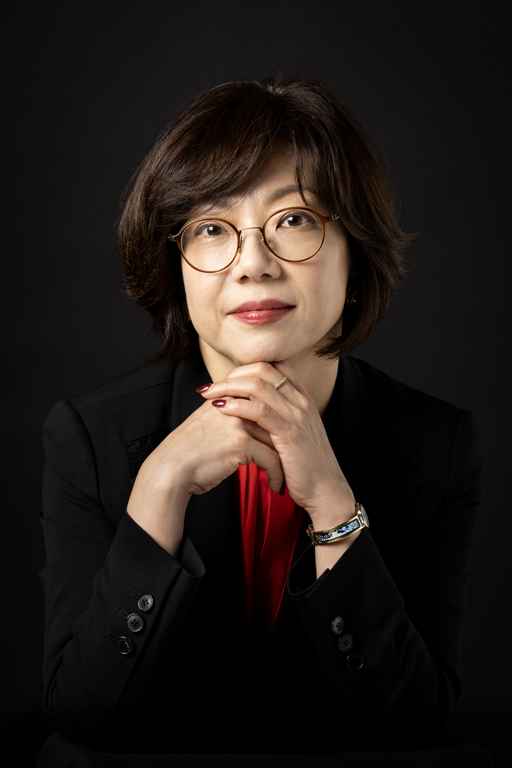
Min-Jung Kim
Min-Jung Kim has been Curator of Asian Arts at Powerhouse Museum (Museum of Applied Arts and Sciences) since 2007. Originally from South Korea, she has dedicated two decades of her career to curating East Asian arts in Australia. Her curatorial expertise spans an extensive range of East Asian exhibitions, covering art forms such as textiles, ceramics, metalworks, woodworks, jewellery, dress and fashion. She has published and lectured widely on curatorial studies, with a particular focus on Asian collections in Western museums. Kim was selected as Plenary Speaker on Asian Art Museums and Collections in the World at the ICOM Kyoto 2019 conference (International Council of Museums. UNESCO) and her exhibition Spirit of Jang-in (2011) was honoured with the 2012 ICOM Australia Award for International Relations. Among her many successful exhibitions, a recent example is the highly praised international exhibition, Five Hundred Arhats of Changnyeongsa Temple in 2021.
Related
Chinese Toggles: Culture in Miniature
By: Shuxia Chen and Min-Jung Kim

